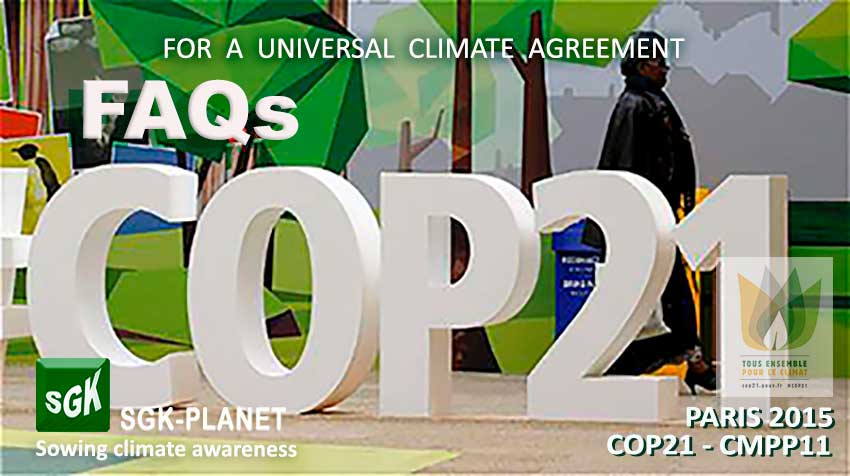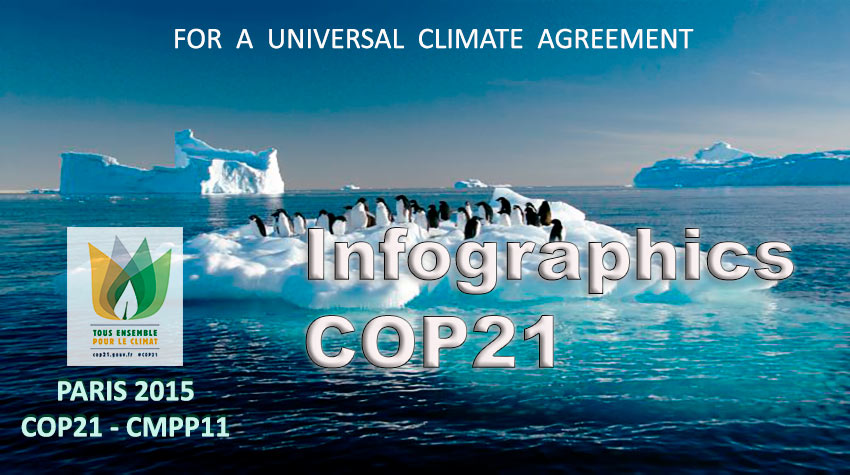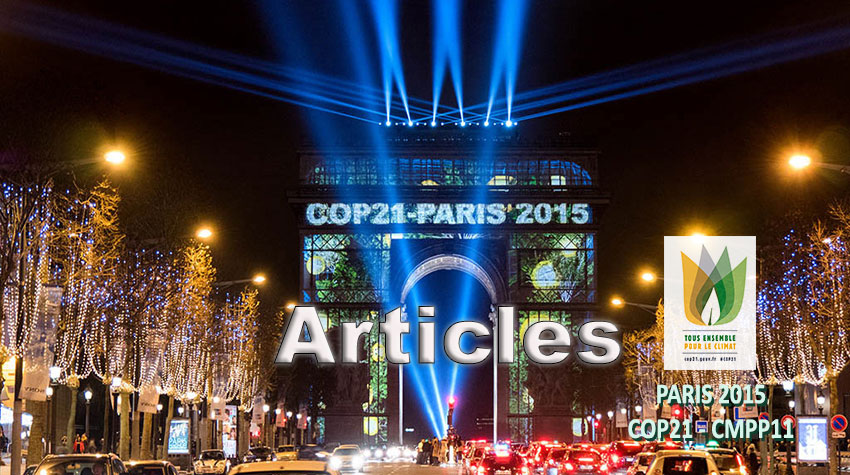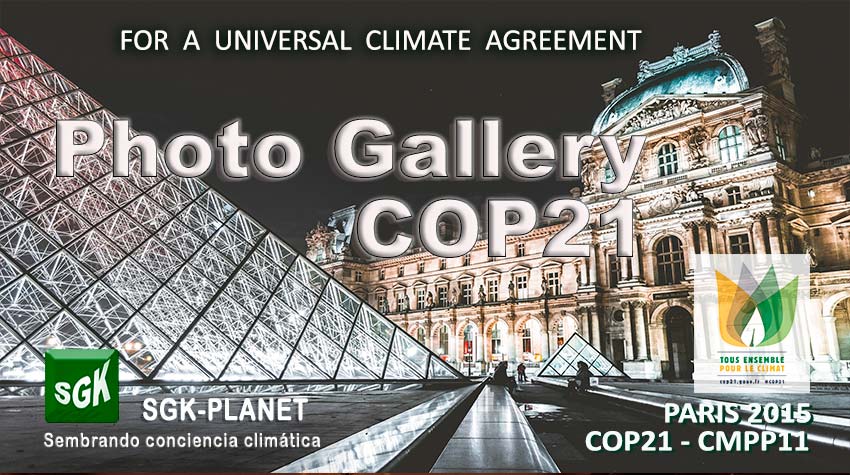
FAQs about COP21 Paris 2015

3. Which were the most relevant COP before COP21?
COP3, Kyoto, Japan, 1997. After intense negotiations, the celebrated Kyoto Protocol was seen in Japan as one of the most important and hopeful documents of humanity to regulate human activities, capable of recovering the global environment. In Kyoto, binding targets for greenhouse gas (GHG) emissions were established for 37 industrialized countries, it was agreed that it would come into force in 2008 and would expire in 2012 when it would be replaced by another. Developed countries were set to reduce their GHG emissions by 5 percent over 1990 levels, but two of the largest emitters, the United States and China, did not ratify the document.
COP15, Copenhagen, Denmark, 2009. There was a great deal of hope in this Conference, as it was thought that the Danish capital would be given the privilege of giving good news to the world by announcing a new protocol for the reduction of GHG emissions: which will be applied as of 2012, the expiry date of the Kyoto Protocol, which meant reducing CO2 emissions to less than 50% by 2050 compared to 1990. But on the last night, China, the United States, India, Brazil and South Africa, drafted a non-binding agreement and hopes for a new protocol dwindled.
COP 16, Cancun, Mexico, 2010. A Green Climate Fund is established, establishing an amount of $ 100 billion per year from 2020 and $ 30 billion per year for the period 2010-2012, with the aim of helping low-income countries to meet the costs of combating climate change. The final document states that a commitment decision for a second phase of the Kyoto Protocol should be adopted “as soon as possible” to ensure “that there is no gap between the first and second commitment periods”.
COP20, Lima, Peru, 2014. The great newness of COP20 was that the United States and China announced for the first time ever a joint commitment to the reduction of GHG emissions to the atmosphere, which is essential for global warming not to exceed 2ºC, limit set by scientists. The UN considered that the goal was to reduce emissions between 40% and 70% by 2050 and 0% of GHG emissions by the end of the 21st century, essential for the world’s temperature not to exceed 2°C. The agreement, finally ratified, was an agreement that approached postures facing the COP21, Paris 2015.





